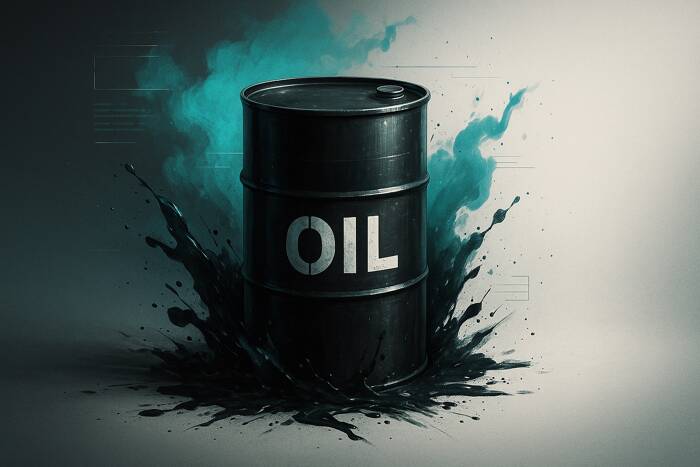Trump’s China Tariff Threat Sparks Global Demand Fears
Oil’s sharp sell-off was largely driven by risk-off sentiment after U.S. President Donald Trump threatened a “massive” tariff increase on Chinese goods. The announcement intensified concerns over global demand, sending both Brent and WTI futures tumbling more than 3%.
Brent crude settled at $62.73, down $2.49 on the day, its lowest level since May 5. UBS analyst Giovanni Staunovo pointed to Trump’s trade threats as the primary catalyst behind the drop, while others cited a combination of factors exacerbating downside pressure.
OPEC Production and Gaza Ceasefire Shift Focus to Supply-Side Risks
Market sentiment was also weighed down by rising crude supply from OPEC and continued output growth across the Americas. The recent Gaza ceasefire agreement, ratified by Israel on Friday, has reduced geopolitical risk premiums, particularly those tied to Middle East tensions.
As a result, traders are turning their attention back to the anticipated supply glut. While OPEC+ agreed to a smaller-than-expected production increase on Sunday, analysts note that expectations of a sharp supply ramp-up have yet to materialize into substantially lower prices.
U.S. Political Risk and China Trade Tensions Deepen Bearish Tone
Broader concerns are adding pressure to crude markets. Traders are closely monitoring the potential for a prolonged U.S. government shutdown, which could weigh on domestic demand. In parallel, China’s expanded export controls on rare earth elements — viewed as a counter to U.S. trade pressure — may escalate tensions ahead of any prospective talks between Trump and Chinese President Xi Jinping.

